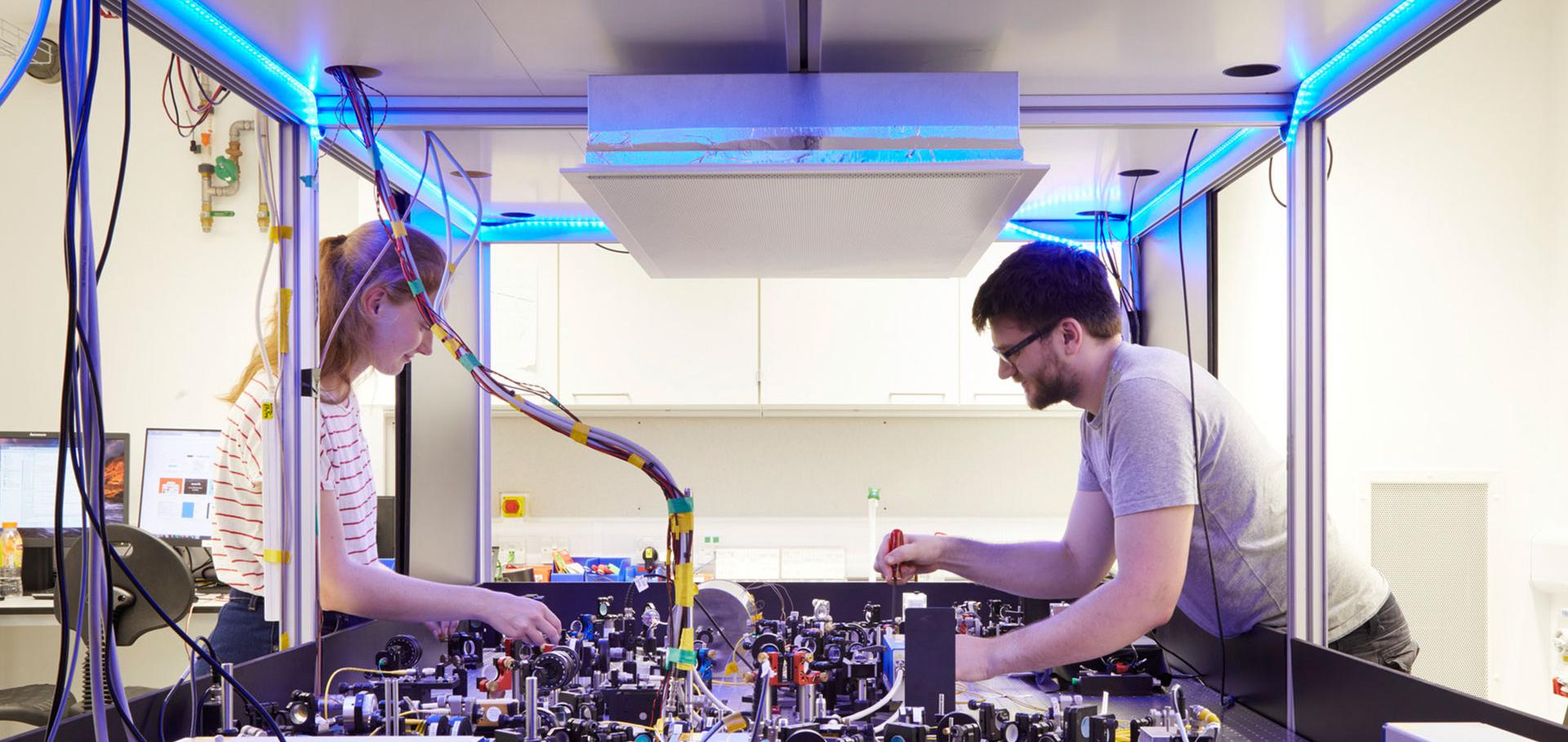Capturing Exponential Variance Using Polynomial Resources: Applying Tensor Networks to Nonequilibrium Stochastic Processes
Physical Review Letters American Physical Society 114:9 (2015) 090602
Abstract:
Estimating the expected value of an observable appearing in a nonequilibrium stochastic process usually involves sampling. If the observable’s variance is high, many samples are required. In contrast, we show that performing the same task without sampling, using tensor network compression, efficiently captures high variances in systems of various geometries and dimensions. We provide examples for which matching the accuracy of our efficient method would require a sample size scaling exponentially with system size. In particular, the high-variance observable exp(−βW), motivated by Jarzynski’s equality, with W the work done quenching from equilibrium at inverse temperature β, is exactly and efficiently captured by tensor networks.Nondestructive selective probing of phononic excitations in a cold Bose gas using impurities
Physical Review A American Physical Society (APS) 91:1 (2015) 013611
What is a quantum simulator?
EPJ Quantum Technology Springer Nature 1:1 (2014) 10
Few-body bound states of dipole-dipole-interacting Rydberg atoms
Physical Review A American Physical Society (APS) 89:5 (2014) 052717
Transport enhancement from incoherent coupling between one-dimensional quantum conductors
New Journal of Physics IOP Publishing 16:5 (2014) 053016


